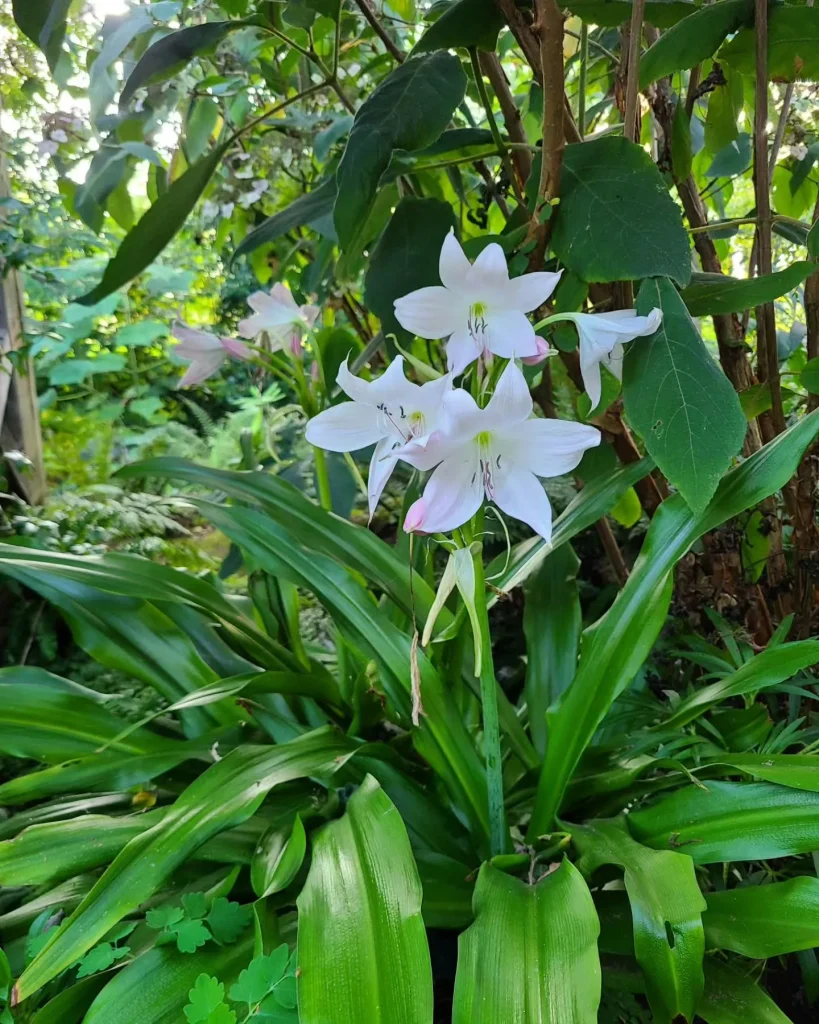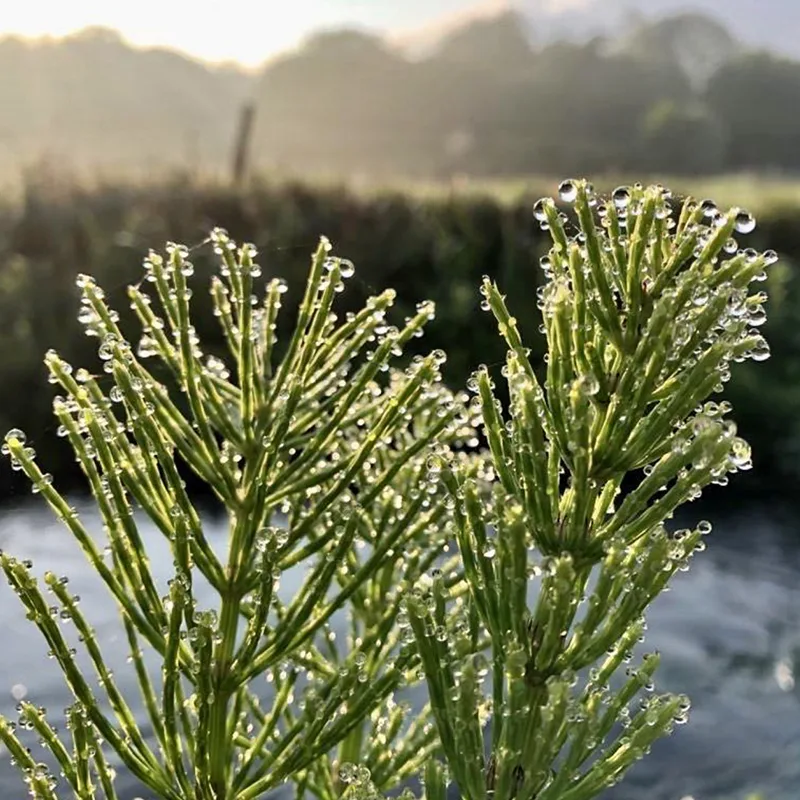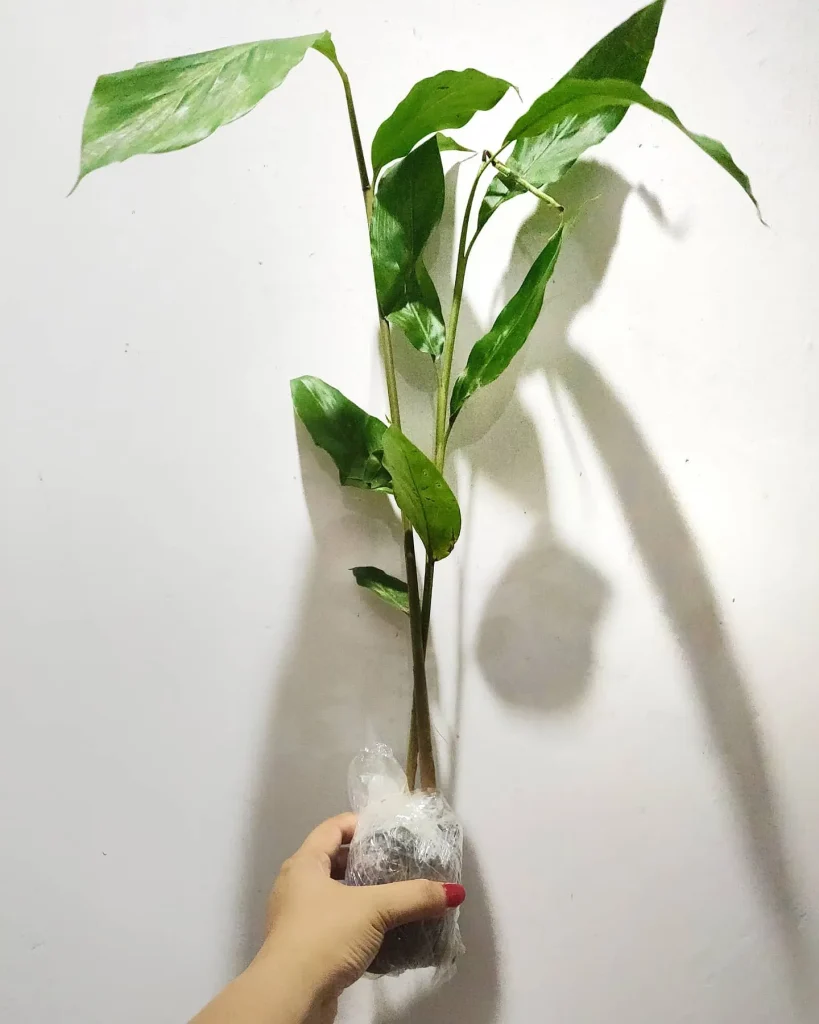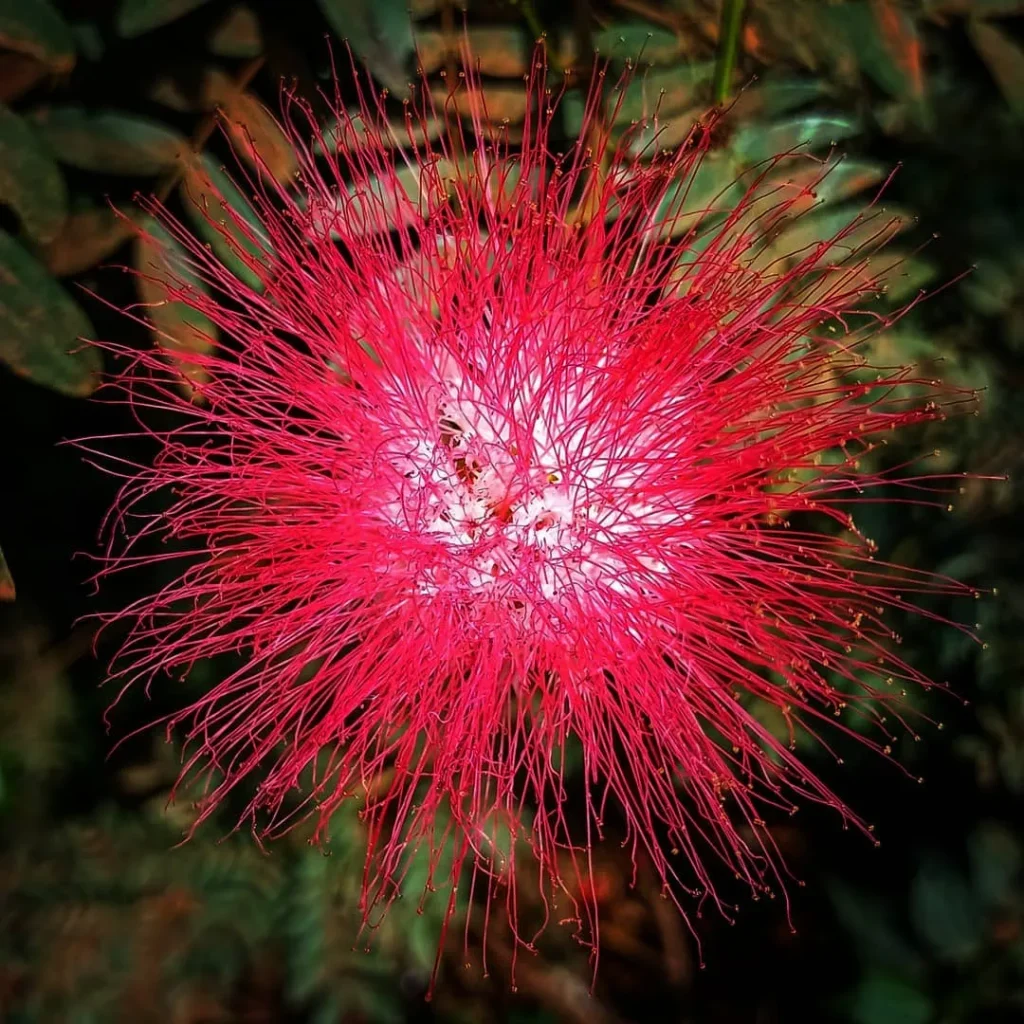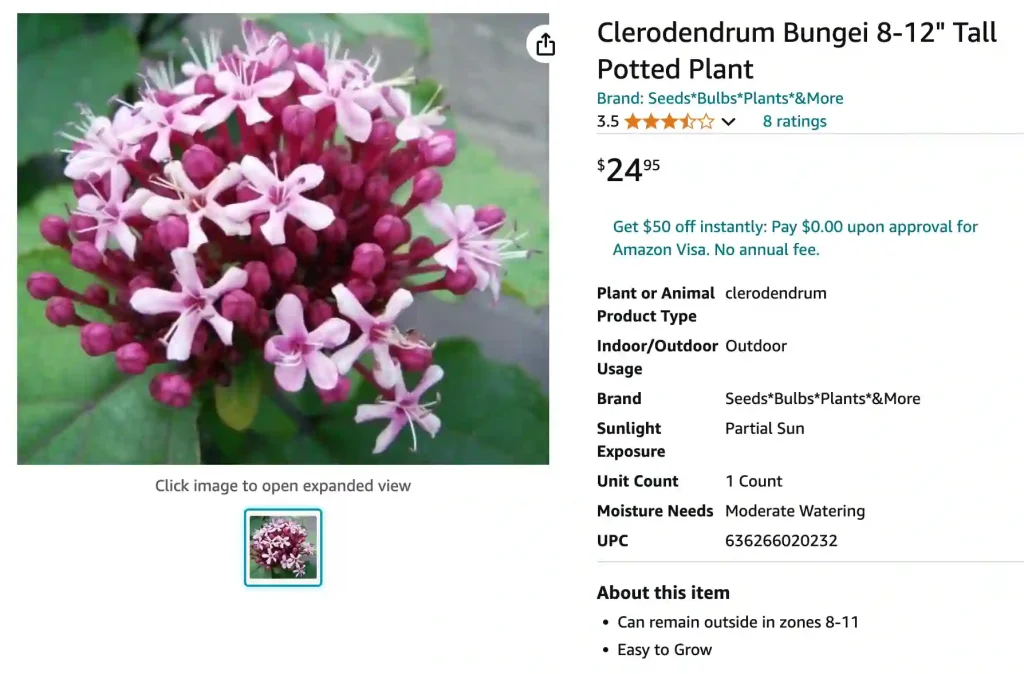
What Is Mexican Hydrangea?
Mexican Hydrangea, or Clerodendrum Bungei, is a striking shrub that’s known for its lush, vibrant blooms and aromatic foliage. Despite its common name, it’s not a true hydrangea but belongs to a different plant family. Native to China and Taiwan, it has found a place in gardens around the world due to its impressive floral display and ease of care. This plant is celebrated for its large, rounded clusters of pink or purple flowers that appear in late summer and fall, creating a dramatic impact in any landscape.
239 Species in Genus Clerodendrum
How Big Does Mexican Hydrangea Get?
Mexican Hydrangea can reach impressive dimensions. Typically, it grows to about 4 to 6 feet in height and width. However, in optimal conditions, it can occasionally exceed these dimensions. It’s a relatively fast-growing shrub, making it a great choice for adding quick color and structure to your garden. Ensure you give it enough space to grow, as it can become quite expansive.
How to Care for Mexican Hydrangea?
Caring for Mexican Hydrangea involves a few key practices to keep it healthy and thriving:
- Sunlight: This shrub does well in full sun to partial shade. It thrives best when it receives at least 4 to 6 hours of sunlight each day, though it can tolerate some shade.
- Watering: Consistent moisture is crucial. The soil should be kept evenly moist, but well-drained. Water regularly, especially during dry periods, but avoid waterlogging the soil.
- Soil: Mexican Hydrangeas prefer rich, well-draining soil. Adding organic matter like compost can improve soil quality and help the plant establish strong roots.
- Fertilizing: Feed the plant with a balanced fertilizer during the growing season to promote vigorous growth and abundant blooms. A slow-release granular fertilizer or a liquid feed every 6 to 8 weeks is typically sufficient.
- Pruning: Prune the plant in late winter or early spring before new growth begins. Remove any dead or damaged stems to encourage a healthy shape and improved flowering.
How to Propagate Mexican Hydrangea?
Propagation of Mexican Hydrangea is relatively straightforward and can be done through several methods:
- Cuttings: Take softwood cuttings in late spring or early summer. Use a sharp knife to cut sections that are about 4 to 6 inches long. Remove the lower leaves, dip the cut end in rooting hormone, and plant in a pot filled with a mix of peat and perlite. Keep the soil moist and place the pot in a warm, bright location.
- Seed: You can also propagate Mexican Hydrangea from seeds, though this method is less common. Sow seeds in a seed tray with a light potting mix and keep them warm and moist until germination occurs. Transplant the seedlings once they are large enough to handle.
What to Plant With Mexican Hydrangea?
Mexican Hydrangea pairs well with various plants to create a vibrant garden display. Consider planting it alongside:
- Perennials: Plants like daylilies, hostas, and astilbes can complement the Mexican Hydrangea’s colors and provide additional texture and interest.
- Grasses: Ornamental grasses, such as feather reed grass or blue fescue, can add a contrasting texture and enhance the overall garden design.
- Shrubs: Combine it with other flowering shrubs like butterfly bush or spirea for a dynamic and colorful garden.
Can You Grow Mexican Hydrangea Indoors?
While Mexican Hydrangea is primarily grown outdoors, it can be grown indoors in pots, provided it receives adequate light. Choose a bright, sunny window and ensure the plant gets enough moisture and space to grow. However, it may not flower as profusely indoors due to less optimal light conditions.
Is Mexican Hydrangea Toxic?
Mexican Hydrangea is not known to be toxic to humans or pets. However, it’s always a good practice to keep plants out of reach of children and animals to avoid any accidental ingestion or contact irritation.
Benefits of Mexican Hydrangea
Mexican Hydrangea offers several benefits, including:
- Attractive Foliage: The large, heart-shaped leaves add texture and color to the garden even when the plant is not in bloom.
- Pollinator Friendly: The flowers attract bees, butterflies, and other pollinators, making it a valuable addition to a wildlife-friendly garden.
- Low Maintenance: Once established, Mexican Hydrangea is relatively low-maintenance, requiring only basic care to thrive.
Common Problems
Despite its resilience, Mexican Hydrangea can face a few issues:
- Pests: Watch for aphids and spider mites, which can affect the plant’s health. Treat infestations with appropriate insecticides or natural remedies.
- Diseases: Overwatering can lead to root rot. Ensure the soil is well-drained and avoid waterlogging to prevent fungal diseases.
- Winter Care: In colder climates, protect the plant during winter by mulching around the base or covering it with burlap to shield it from harsh conditions.
Comparison with Other Similar Plants
Mexican Hydrangea is often confused with other flowering shrubs like Hydrangea macrophylla (Bigleaf Hydrangea) or Clerodendrum trichotomum (Harlequin Glorybower). Unlike these, Mexican Hydrangea features more rounded flower clusters and has a different growth habit. It’s essential to recognize these differences to ensure you’re selecting the right plant for your garden needs.
In summary, Mexican Hydrangea is a versatile and beautiful plant that can enhance any garden with its vibrant blooms and attractive foliage. With proper care and attention, it can be a standout feature in your landscape for many years.
If i die, water my plants!
